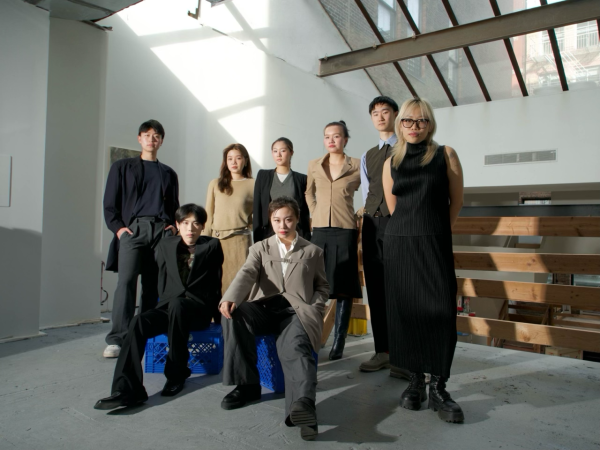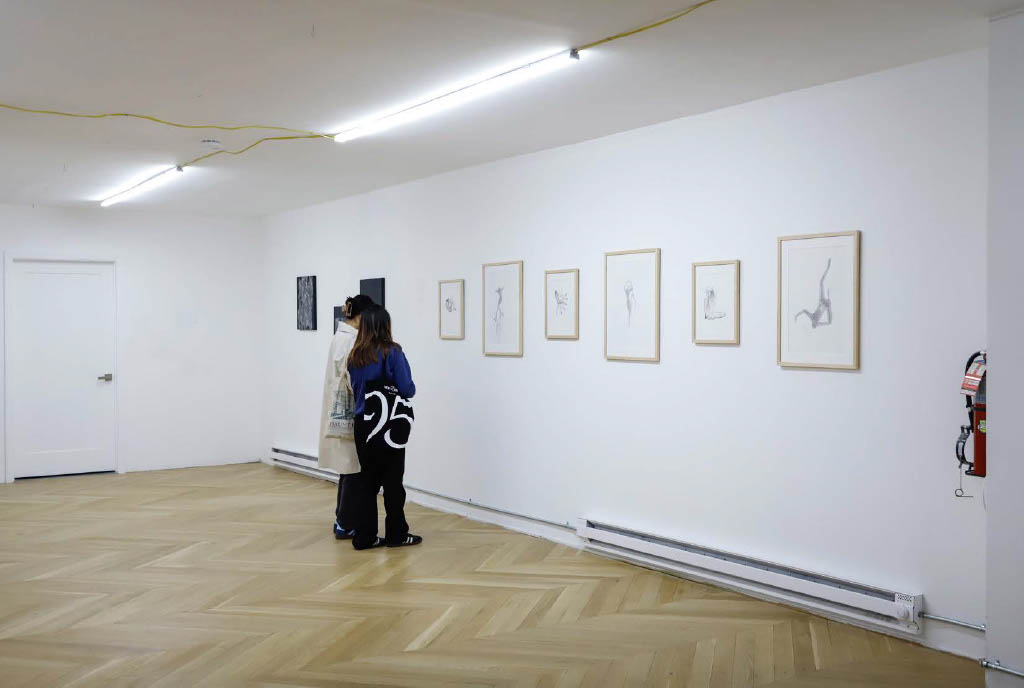I admit, art galleries aren’t exactly my go-to spots. Whenever I do find myself in one, I often fall into this trap of thinking I could easily replicate the colors splashed across the canvas before me. It’s a dangerous perception I can’t seem to shake, because, most of the time, my attempts to replicate the art I see end up as paintings that could blind anyone looking at them — they’re just not pretty.
But I digress. Recently, I walked down Crosby Street in SoHo and had the chance to view the work of 20 artists featured in the exhibition, “Can Thought Go On Without A Body?” The show was presented by Stilllife, a group dedicated to growing a community and supporting artists in developing their skills throughout New York and East Asia. Although the exhibition has concluded, it truly left a lasting impression — especially for someone who never quite knows exactly what to look for when observing a piece of art.
“When people actually engage in the space, even though it feels as if there are a lot of artists, it feels really cohesive and not chaotic,” said Azure Qi Zhou, a Stilllife co-founder.
Upon entering the gallery, I was greeted by a collective of vibrant, bubbly individuals who were either engaging in conversation or observing the art. Naturally, I began to explore the first floor of the four-level building. My eyes darted between paintings, but for some reason, I was drawn to the work at the back of the room. These paintings featured a series of ink on paper drawings by Meng Zhou. One in particular caught my eye, featuring two skeletal bodies with their shoulders and arms draped down to exaggeratedly emphasize their lifelessness. Standing on top of their backs is a figure dancing, or moving in some unexplainable fashion. According to Stilllife co-founder Katerina Chenyu Wang, the work attempts to combine and transform classical Chinese symbolism and imagery using Western styles and techniques.
The rest of the gallery explored the concept of memory and human subjectivity through works that captured small snapshots of everyday life. I paid close attention to a black-and-white painting that appeared to be a man driving a truck, but was also intrigued by a group of oil paintings by artist Lorenzo Amos. One of the paintings displayed only a corner of an ornate rug — resembling the one in the living room of my parents’ apartment. The intricate display of intersecting colors like red, blue and beige made the elaborate piece so realistic, that if I were to remove the frame from the picture, I might have accidentally mistaken the artwork for an actual rug.
“It was a true pleasure to talk about the artists and our curatorial explorations with people from all walks of life, especially with friends who are just beginning to dip their toes into the art world,” said Stilllife co-founder Jeffrey Ziyu Liu.

I ended my visit in a room enveloped in silence, aside from the rhythmic whooshing coming from industrial fans that caused numerous metallic structures to move in a wave-like fashion. This piece in the gallery was titled “Pushing Hands,” and was created by Sizhu Li, a New York-based kinetic installation artist. Wang explained that the movement of the metallic structures invites viewers to reflect on how energy, just like the oscillating metallic structures, follows an infinite rhythm. This installation was a perfect way to conclude my tour and served as a reminder of how one piece of art can open the way to endless possibilities and meanings.
Contact Adrianna Nehme at [email protected]






















































































































































